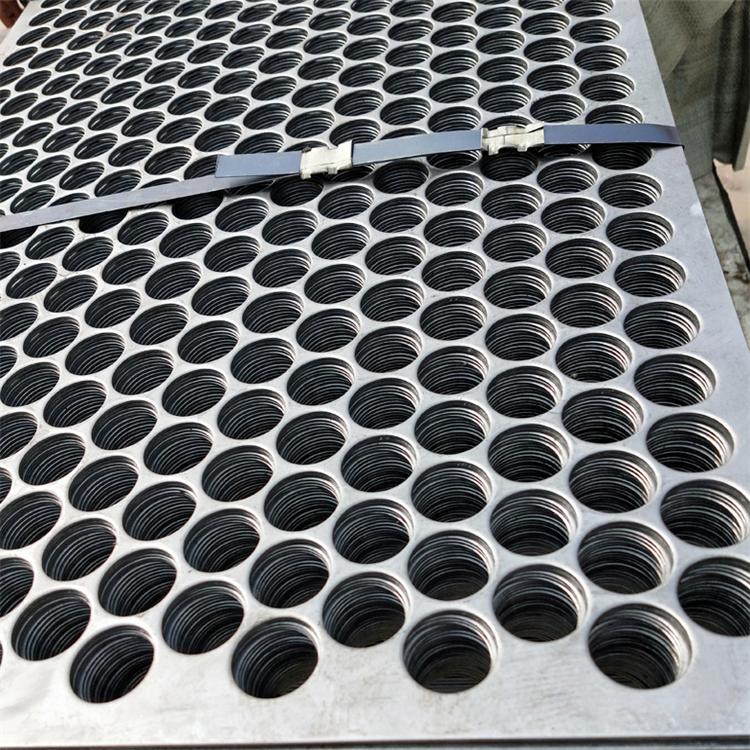Dust Control Fencing An Essential Solution for Environmental Protection
In recent years, the importance of environmental protection has become increasingly evident, particularly in industrial and construction sectors. One of the significant challenges faced is dust pollution, which can pose serious health risks to workers and nearby residents. This is where dust control fencing comes into play as an effective solution to mitigate dust emissions and promote cleaner air.
Dust control fencing is specifically designed to reduce airborne dust particles generated during construction, mining, and other industrial activities. These fences act as physical barriers that limit the spread of dust by intercepting and containing it at the source. Typically made from durable materials such as polypropylene or other synthetic fibers, these fences can withstand harsh weather conditions while remaining effective over time.
The primary benefits of dust control fencing include improved air quality, enhanced health safety, and compliance with environmental regulations. Dust particles can carry harmful pollutants, including silica and asbestos, which can lead to respiratory issues and long-term health complications. By installing dust control fencing, companies can significantly reduce the amount of dust that escapes into the atmosphere, protecting both employee health and the surrounding community.
Moreover, many jurisdictions have established regulations that mandate dust control measures for various industries. Implementing dust control fencing can help companies avoid penalties and legal issues, while also demonstrating a commitment to corporate social responsibility and environmental stewardship. Organizations that proactively manage their dust emissions can build a positive reputation in the community, fostering trust with local residents and authorities.
dust control fencing

In addition to health and regulatory benefits, dust control fencing can also lead to operational efficiencies. For instance, reducing dust emissions can improve visibility on construction sites, enhancing worker safety and productivity. Furthermore, with less dust settling on machinery and equipment, maintenance costs can be reduced, leading to lower overall operating expenses.
The installation of dust control fencing is relatively straightforward. Typically, the setup involves strategically placing the fencing around the perimeter of the worksite, clinching it securely to withstand wind and other natural forces. Depending on the specific requirements of the project, the height, length, and density of the fencing can be adjusted to provide optimal dust control. Moreover, it’s essential to regularly inspect and maintain these fences to ensure their effectiveness over time.
The effectiveness of dust control fencing can be further enhanced when combined with other dust suppression methods, such as water spraying or the application of dust control agents. This multi-faceted approach allows industries to tackle dust emissions more comprehensively, delivering superior results in air quality improvement.
In conclusion, dust control fencing is an essential tool for managing dust pollution in various industries. By containing dust emissions at their source, companies can protect the health of their workers and neighboring communities, comply with environmental regulations, and enhance operational efficiency. As industries continue to evolve and expand, adopting measures like dust control fencing will be vital for promoting sustainable practices and safeguarding the public’s health. Embracing such solutions is not just about compliance; it's about leadership in environmental responsibility and commitment to creating a healthier planet for future generations.
-
The Best Metal Mesh Solutions: Expanded Aluminum Metal vs. Expanded Stainless Steel Metal
NewsSep.10,2024
-
Round Perforated Sheets vs. Hexagonal Perforated Sheets vs. Embossed Perforated Sheet Metal
NewsSep.10,2024
-
Perforated Metal Sheets
NewsSep.10,2024
-
Experience The Excellence Of Stainless Steel Grating
NewsSep.10,2024
-
Discover the Versatility Of Metal Mesh Expanded Forming Machines
NewsSep.10,2024
-
Discover The Advantages Of Steel Grating For Sale
NewsSep.10,2024
Subscribe now!
Stay up to date with the latest on Fry Steeland industry news.

